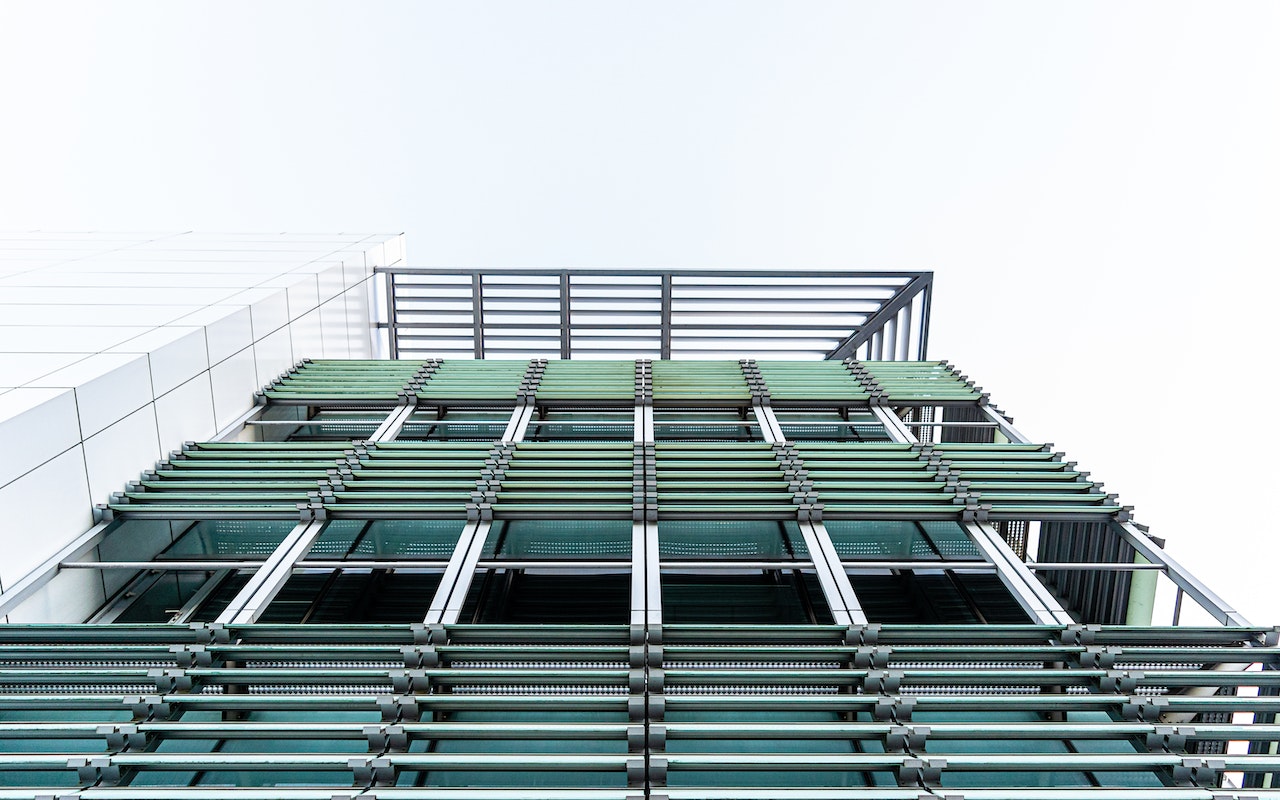Cladding is a popular choice for both residential and commercial buildings due to its durability, aesthetics, and energy efficiency. While it is an effective solution for enhancing a building’s exterior, it is not without its challenges.
In this blog post, we’ll discuss some of the most common cladding problems and provide you with practical tips on how to avoid them.
Poor Installation
Incorrect installation is a significant contributor to cladding problems. If the cladding is not installed correctly, it can lead to gaps, leaks, and even structural issues. To avoid these problems:
- Choose reliable cladding suppliers with a track record of quality products and service
- Hire experienced and qualified installers
- Follow the manufacturer’s installation guidelines and best practices
Substandard Materials
Using low-quality materials can lead to a range of problems, from reduced durability and performance to increased maintenance costs. To ensure your cladding stands the test of time:
- Research and choose reliable cladding suppliers that offer high-quality products
- Verify that the materials meet relevant industry standards and certifications
- Consider investing in higher-quality materials that offer better longevity and performance
Moisture Penetration
One of the primary concerns with cladding is the potential for moisture penetration. If water manages to seep behind the cladding, it can lead to structural damage and mold growth. To avoid this issue:
- Ensure proper installation with adequate sealing, flashing, and weatherproofing
- Conduct regular inspections and maintenance
- Choose cladding materials with high water resistance
Thermal Expansion And Contraction
As the temperature changes, cladding materials can expand and contract. This movement can lead to warping, buckling, and cracking if not adequately addressed during installation. To minimize these risks:
- Select materials with low thermal expansion coefficients
- Allow for movement joints during installation
- Use appropriate fasteners and fixings to secure the cladding
Fading And Discoloration
Over time, exposure to sunlight and other environmental factors can cause cladding to fade and discolor. This not only affects the appearance but may also reduce the material’s lifespan. To maintain the look and integrity of your cladding:
- Opt for UV-resistant materials or coatings
- Choose colors that are less prone to fading, such as lighter shades
- Clean the cladding regularly to remove dirt and pollutants
Corrosion
Metal cladding, such as steel and aluminum, can be susceptible to corrosion when exposed to moisture and other corrosive agents. To prevent corrosion-related problems:
- Select corrosion-resistant materials, like stainless steel or coated aluminum
- Ensure proper installation to minimize water infiltration
- Regularly inspect and maintain the cladding to address early signs of corrosion
Inadequate Ventilation
Proper ventilation is crucial for preventing moisture buildup and maintaining the cladding’s performance. Without adequate airflow, trapped moisture can cause rot, mold, and other issues. To ensure proper ventilation:
- Incorporate a vented rainscreen system or other ventilation solutions during installation
- Regularly inspect and maintain vents and openings to ensure they remain unobstructed
- Consult with experts on the best ventilation strategies for your specific cladding system
Conclusion
Cladding is an effective solution for enhancing the appearance and performance of a building. However, it is essential to be aware of the common issues associated with cladding and take steps to avoid them. By selecting reliable cladding suppliers, ensuring proper installation, and conducting regular maintenance, you can keep your building in top shape and avoid costly repairs down the line.


